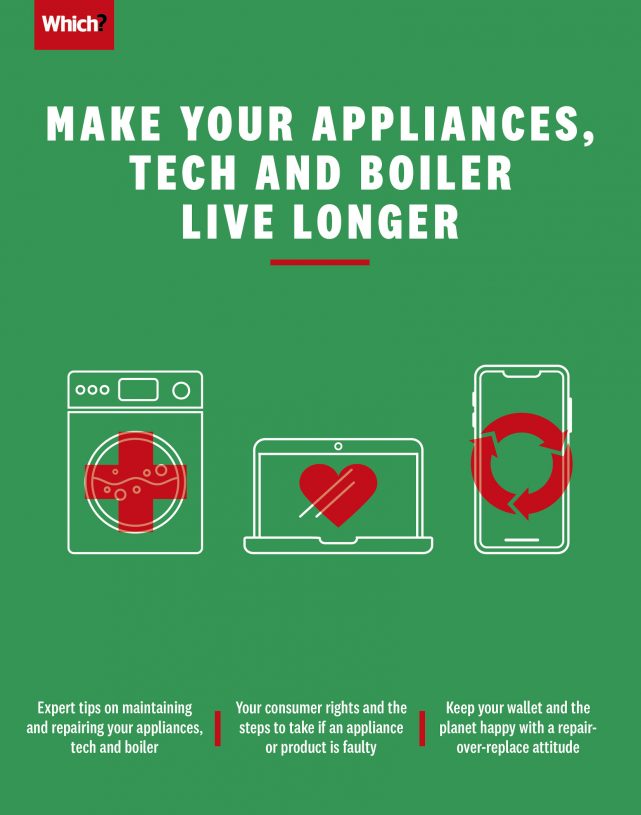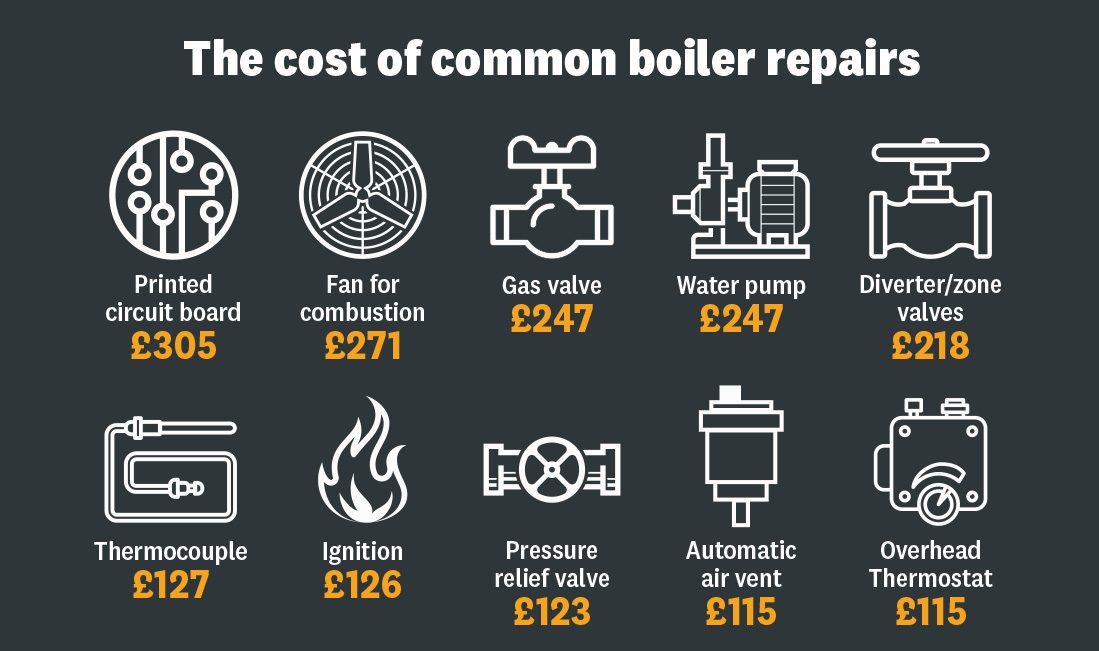User guide
Finding your way around the guide
To navigate between pages, click or tap the arrows to go forwards to the next page or backwards to the previous one. The arrows can be found either side of the page and at the bottom, too (circled in green, below).


Menu/table of contents
Click or tap on the three horizontal lines in the top-right of your screen to open the main menu/table of contents. This icon is always visible whether you're using a computer, tablet or smartphone. The menu will open on top of the page you’re on. Click on any section title to visit that section. Click the cross at any time to close the table of contents.
Text size
On a computer, you'll see three different sized letter 'A's in the top-right of your screen. On a smartphone or tablet these are visible when you open the menu (see above). If you’re having trouble reading the guide, click or tap on each of the different 'A's to change the size of the text to suit you.
Pictures
On some images you'll see a blue double-ended arrow icon. Clicking or tapping on this will expand the picture so you can see more detail. Click or tap on the blue cross to close the expanded image.
Where we think a group of images will be most useful to you, we've grouped them together in an image gallery. Simply use the blue left and right arrows to scroll through the carousel of pictures.
Links
If you see a word or phrase that's bold and dark blue, you can click or tap on it to find out more. The relevant website will open in a new tab.
Jargon
If you see a word or phrase underlined, click or tap on the word and small window will pop up with a short explanation. Close this pop-up by clicking or tapping the cross in the corner.
Help
On a computer, you'll see a question mark icon in the top-right of your screen. On a smartphone or tablet this is visible when you open the menu (see above).
Clicking or tapping on the question mark will open this user guide. It opens on top of the page you're on and you can close it any time by clicking or tapping the cross in the top-right corner.

Avoiding boiler breakdowns
Having a boiler on the blink can turn your whole day upside down. Not all boiler and radiator problems need a professional - here are some repairs to consider doing yourself.
Dealing with common boiler problems
Boiler losing pressure
Repressurise your boiler by opening the filling loop taps on your boiler until it gets to the pressure you want – usually about one bar. Close both taps. If your boiler repeatedly loses pressure, it could be time to call in the professionals.
Radiators are cool at the top, warm at the bottom
You might need to bleed your radiators. When they are cool, use a radiator bleed key to open the valve by turning it slowly anticlockwise, until it hisses – usually a maximum of half a turn. Once water leaks out, turn it back again. Check your boiler pressure and increase to around one bar if needed.
Hot upstairs, cold downstairs
This suggests that your heating system is unbalanced, and more heat is going to some radiators than others. Visit our guide to find out how to fix this.
Heating not working
The condensate pipe is your first port of call. Find the white pipe that comes out of the wall behind your boiler and runs into the drain. If it’s frozen you need to carefully defrost it. Boil a kettle and leave to cool for 15 minutes, then pour the water onto the pipe, starting at the top, until the ice melts. Reset the boiler.
Preventing boiler breakdowns
One of the best ways to ensure your boiler doesn’t break down is to have it serviced regularly. Our 2021 survey of more than 8,000 boiler owners showed that paying for a yearly boiler service is cost-effective, as it pre-empts pricey repairs. It found that around three in 10 boilers serviced annually needed a repair in their first six years. This doubles to around six in 10 if the boiler is serviced every two to five years. Our survey also revealed that paying for yearly services (on average £86 in 2021) and repairs as you go is usually a cheaper option than annual boiler insurance. When arranging your service, ask what will be included from the Gas Safe Engineer. See our full checklist to make sure everything's covered.
Did you know? Some mistakes could invalidate your warranty
Here are three golden rules to follow to ensure your warranty remains valid:
- Use a Gas Safe engineer to install your boiler
- Register the warranty with the manufacturer within 30 days of installation
- Get an annual service.
Jobs for the professional
Anything that involves opening up the boiler needs a trained heating engineer. We asked our Trusted Traders for prices of fixing the 10 most common faults – here's what they said:

Sustainable heating
Heating our homes accounts for 17% of UK carbon emissions – and we have our gas and oil boilers to thank for this. These are gradually being phased out, though, and heating systems that use low-carbon technologies are being developed instead. For example, the government's 2021 Heat and Buildings Strategy set a target to install at least 600,000 heat pumps Heat pumpA heating system that harnesses natural heat from the air or underground and transfers it to your home heating system. in homes per year by 2028. The current rate is about 35,000 per year. The downside is that these are expensive to install, although there are grants that can be applied for.
Find out more about heat pumps, and more on the possible brave new world of ‘green’ hydrogen boilers.
Live more sustainably – make changes for the planet and your pocket – free monthly.
Which? Investigates podcast
Homes and heating are responsible for around a fifth of the UK's carbon emissions. There's increasing talk of our boilers potentially being upgraded to hydrogen, and increased government interest in heat-pumps as a possible way to reach the net zero target. But what really is the future of your home heating system? Listen to our podcast to find out more.

